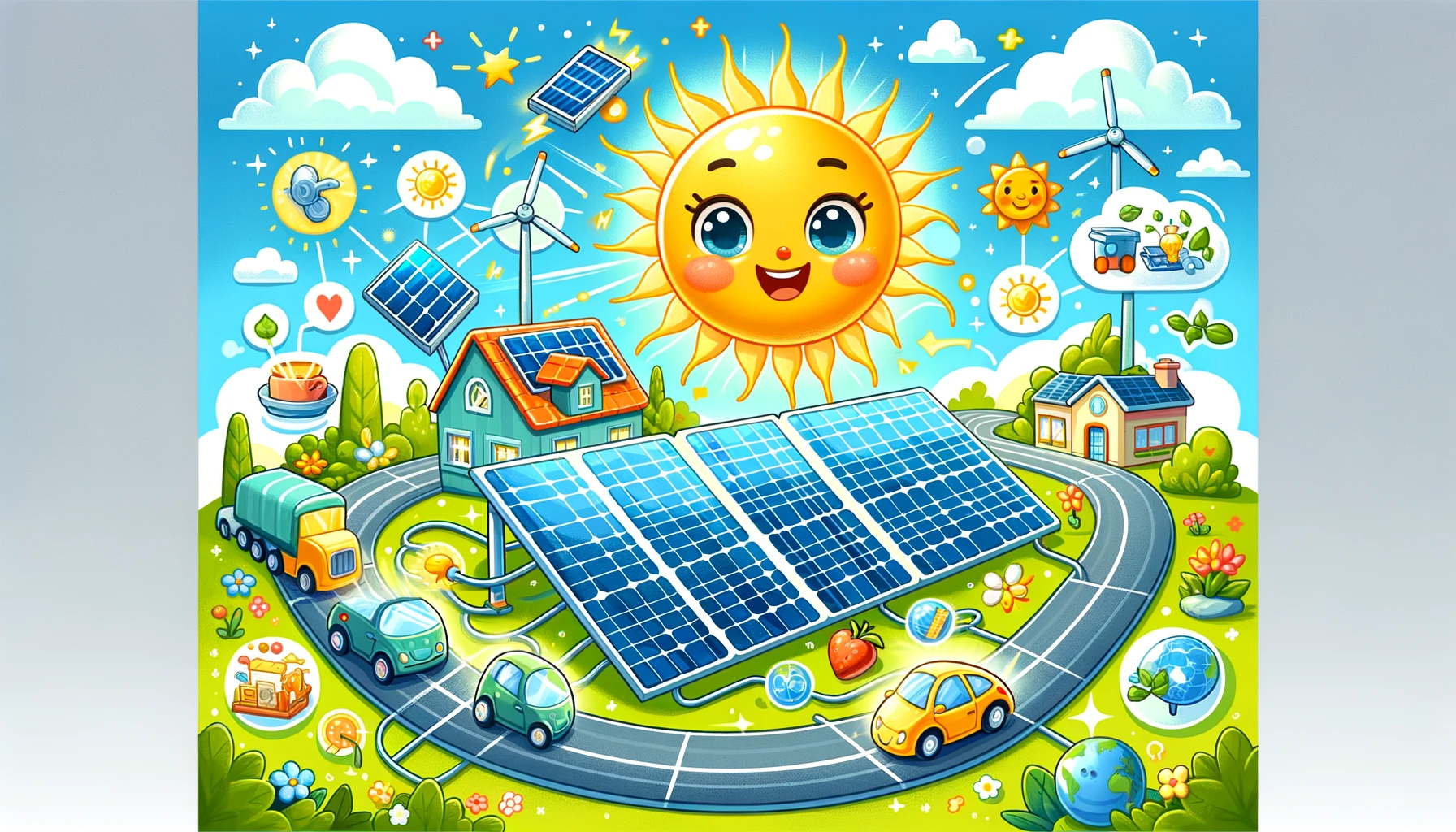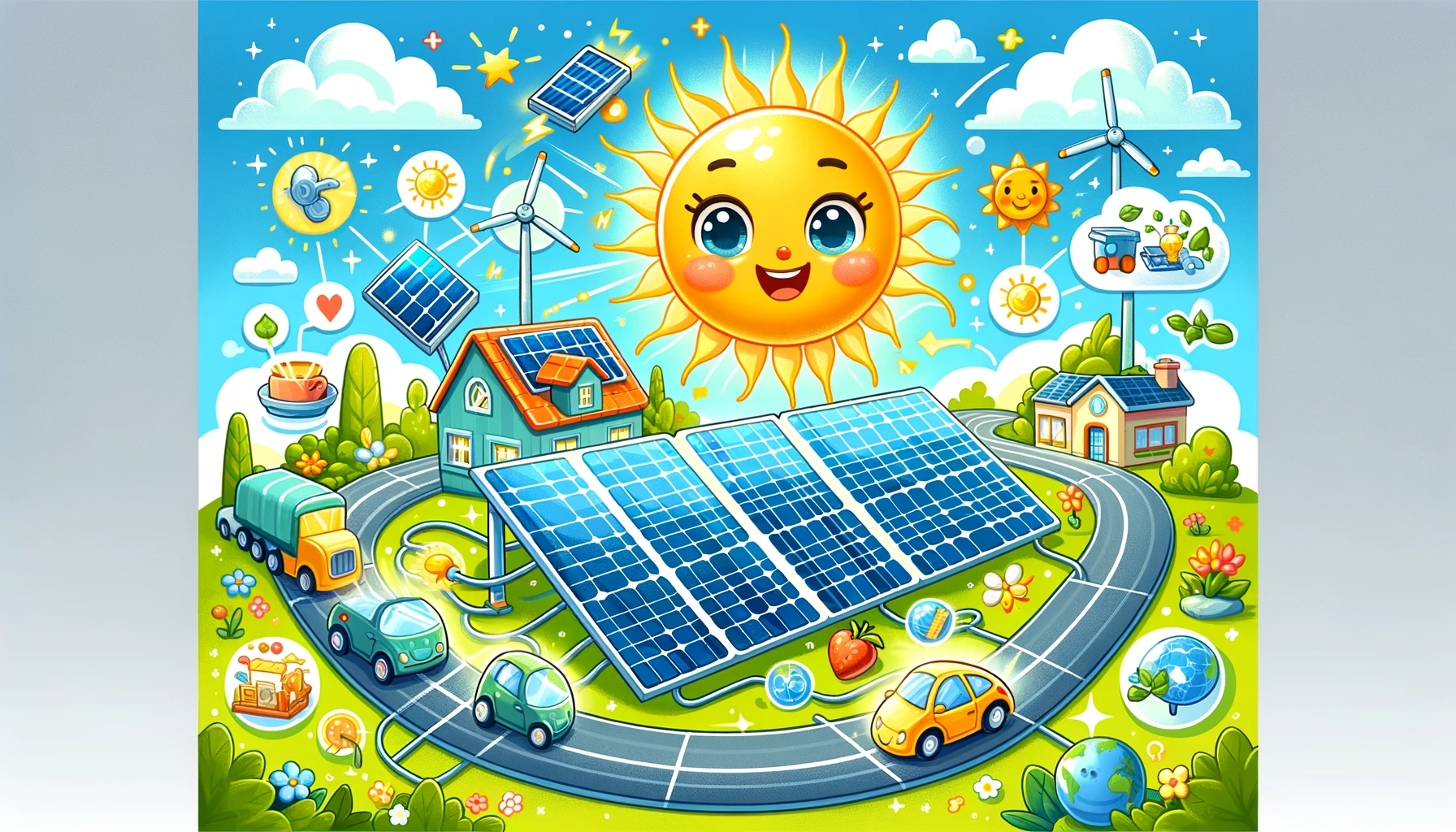How Solar Energy Works: A Complete Guide
How Solar Energy Works: A Complete Guide
Table of Contents
- Introduction to Solar Energy
- The Science Behind Solar Energy
- Solar Panels: How They Work
- Types of Solar Energy Systems
- Benefits of Solar Energy
- Advances in Solar Energy Technology
- Future of Solar Energy
- Conclusion
- References
How Solar Energy Works: A Complete Guide
Introduction to Solar Energy Solar energy is a renewable and sustainable source of power derived from the Sun’s radiation. It is an increasingly popular choice for generating electricity and heating due to its environmental benefits and potential for reducing energy costs. This guide explores how solar energy works, from the basic principles to the technologies that harness the Sun’s power.
The Science Behind Solar Energy The process of converting sunlight into usable energy involves several key principles:
- Photovoltaic Effect: The photovoltaic (PV) effect is the primary mechanism by which solar panels convert sunlight into electricity. When photons from sunlight strike the surface of a solar cell, they knock electrons loose from their atoms, creating an electric current.
- Thermal Energy: Solar thermal systems use the Sun’s heat to generate electricity or provide heating. This is achieved through the collection and concentration of solar radiation, which heats a fluid to produce steam that drives a turbine.
Solar Panels: How They Work Solar panels, also known as photovoltaic (PV) panels, are the most common method for harnessing solar energy:
- Solar Cells: A solar panel consists of multiple solar cells made from semiconductor materials, usually silicon. These cells absorb sunlight and convert it into direct current (DC) electricity.
- Inverter: The DC electricity generated by solar cells is converted into alternating current (AC) electricity by an inverter. AC electricity is the standard used in homes and businesses.
- Grid Connection: Solar panels can be connected to the electrical grid, allowing excess electricity to be fed back into the grid and used by others. This process is known as net metering.
- Battery Storage: Solar energy systems can include battery storage to store excess electricity for use during cloudy days or at night, ensuring a continuous power supply.
Types of Solar Energy Systems There are several types of solar energy systems, each designed for different applications and energy needs:
- Residential Solar Systems: These systems are installed on rooftops or in yards to provide electricity and heating for homes. They can be grid-tied, off-grid, or hybrid systems with battery storage.
- Commercial Solar Systems: Larger-scale solar installations on commercial buildings or industrial sites provide power for businesses and manufacturing processes.
- Utility-Scale Solar Farms: These large solar power plants generate electricity on a massive scale and feed it directly into the grid. They often use a combination of PV panels and concentrated solar power (CSP) systems.
- Solar Water Heaters: These systems use solar collectors to heat water for domestic or industrial use, reducing the need for conventional water heating methods.
Benefits of Solar Energy Solar energy offers numerous environmental and economic benefits:
- Renewable and Sustainable: Solar energy is an abundant and inexhaustible resource, unlike fossil fuels, which are finite.
- Reduced Carbon Emissions: Solar power generates electricity without producing greenhouse gases, helping to mitigate climate change.
- Lower Energy Costs: Solar energy can reduce electricity bills by providing a free source of power once the initial installation costs are covered.
- Energy Independence: By generating their own electricity, individuals and communities can reduce their reliance on external energy sources and increase energy security.
Advances in Solar Energy Technology Technological advancements continue to improve the efficiency and affordability of solar energy systems:
- High-Efficiency Solar Cells: New materials and designs, such as perovskite solar cells, promise higher efficiencies and lower production costs.
- Flexible Solar Panels: Lightweight and flexible solar panels can be integrated into a wider range of surfaces and structures.
- Solar Tracking Systems: These systems adjust the position of solar panels to follow the Sun’s movement, maximizing energy capture.
- Advanced Battery Storage: Innovations in battery technology, such as lithium-ion and solid-state batteries, enhance the storage capacity and lifespan of solar energy systems.
Future of Solar Energy The future of solar energy is bright, with ongoing research and development aimed at making solar power more accessible and efficient:
- Grid Parity: As solar technology advances and costs continue to decrease, solar energy is becoming more competitive with traditional energy sources, reaching grid parity in many regions.
- Integration with Smart Grids: Solar energy systems are increasingly integrated with smart grids, allowing for more efficient distribution and management of electricity.
- Innovative Applications: Emerging applications, such as solar-powered transportation and solar desalination, expand the potential uses of solar energy.
Conclusion Solar energy is a powerful and sustainable source of electricity and heat, offering significant environmental and economic benefits. By understanding how solar energy works and the technologies that harness it, we can better appreciate its potential to transform the global energy landscape and contribute to a cleaner, more sustainable future.

<ⓒ WizardMedics (wizardmedics.com)>



